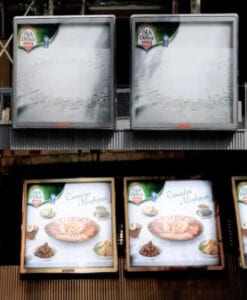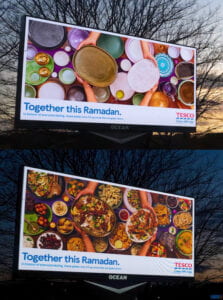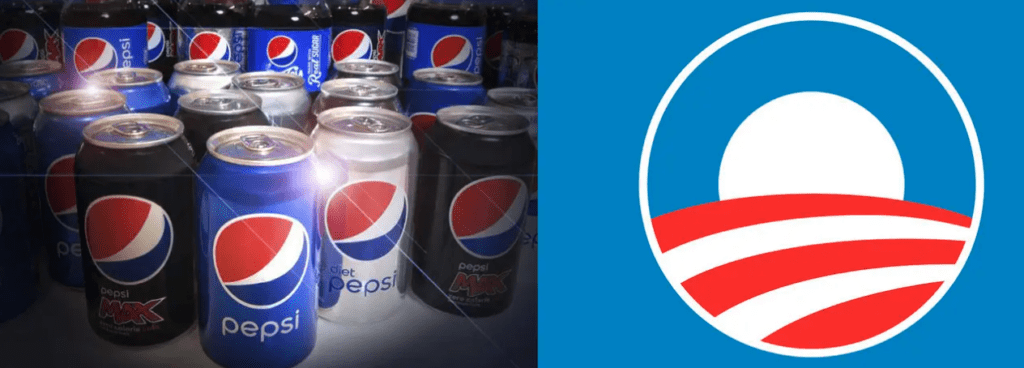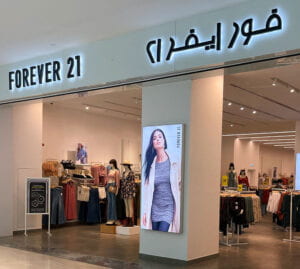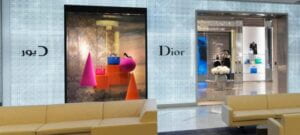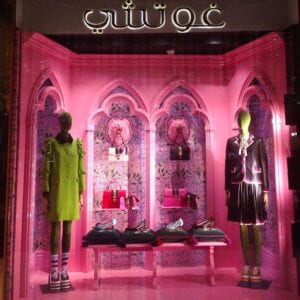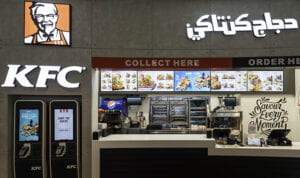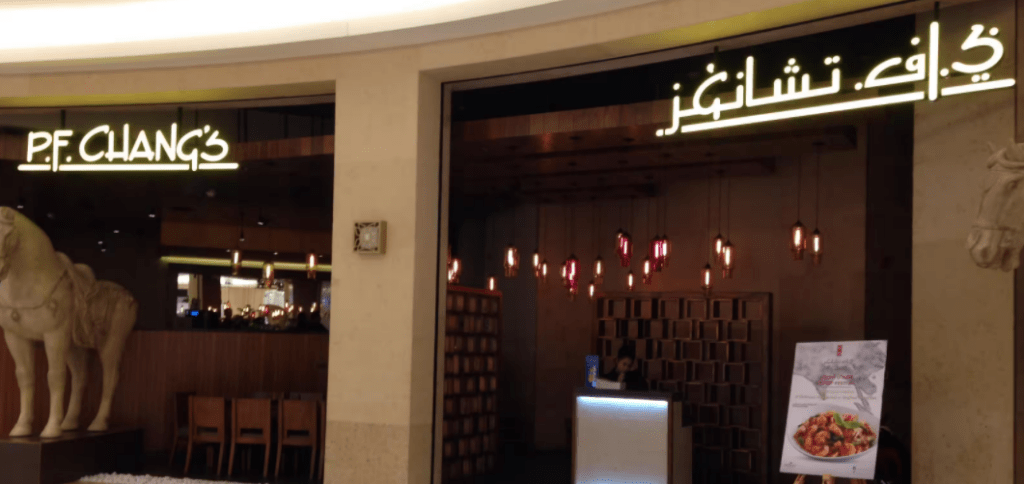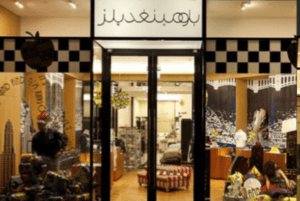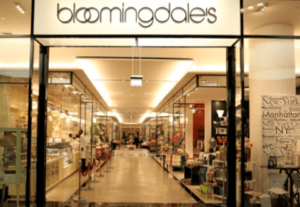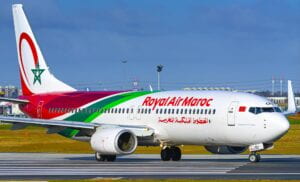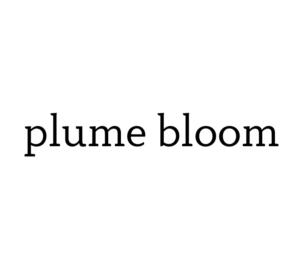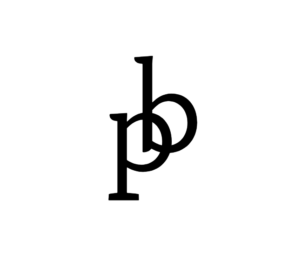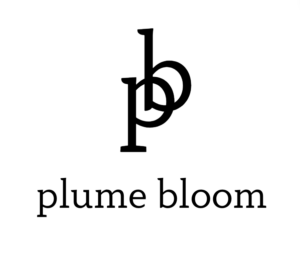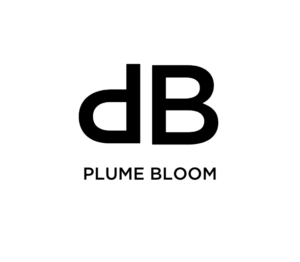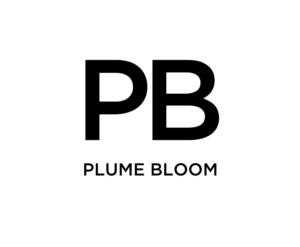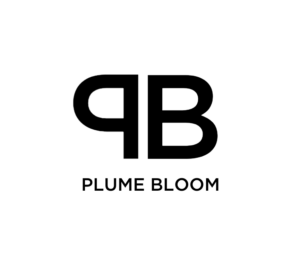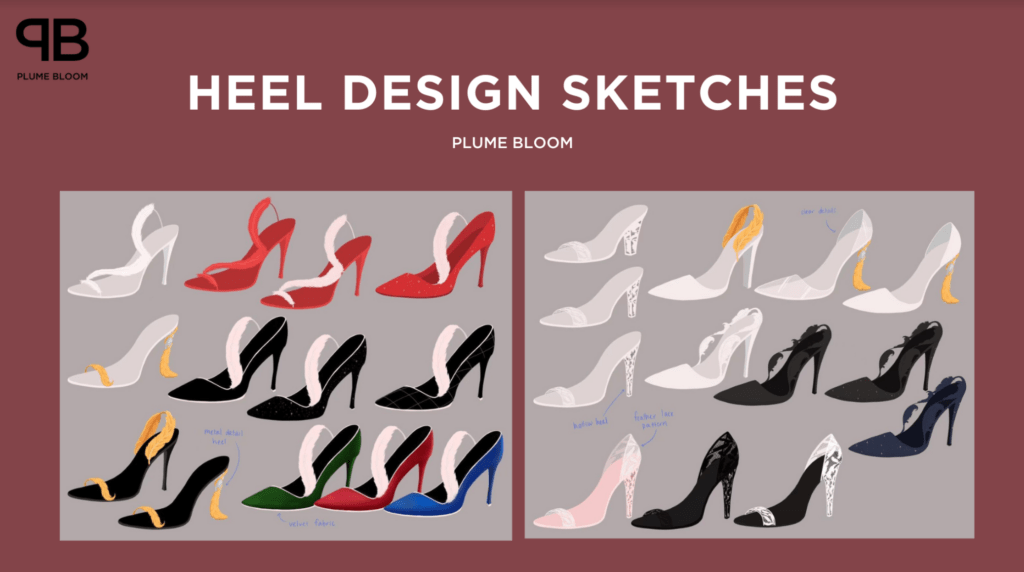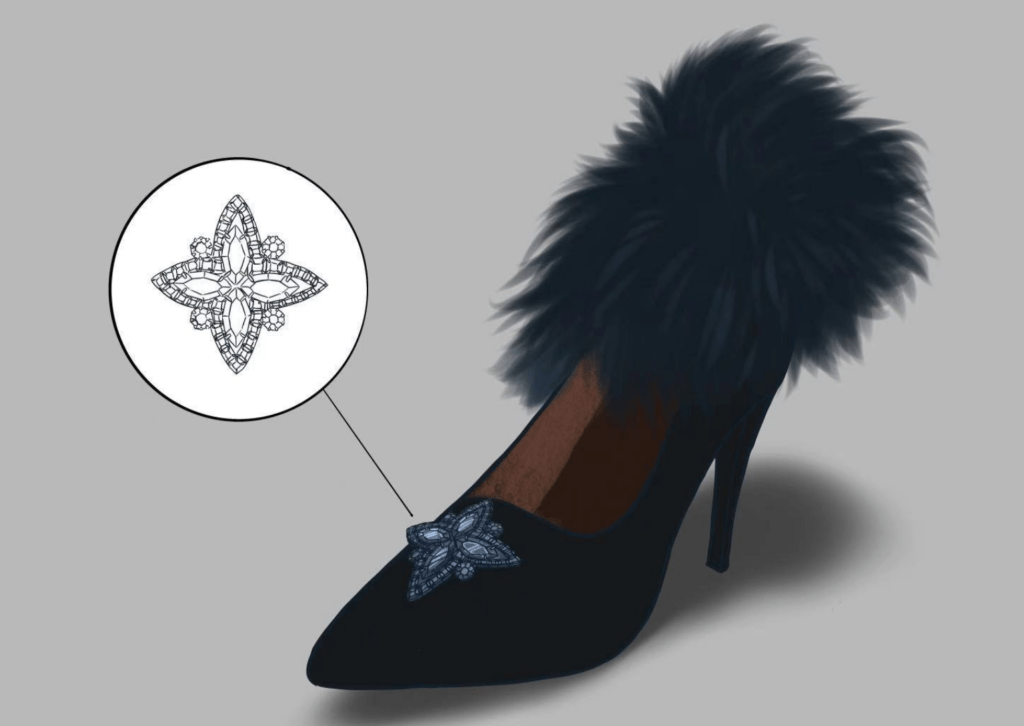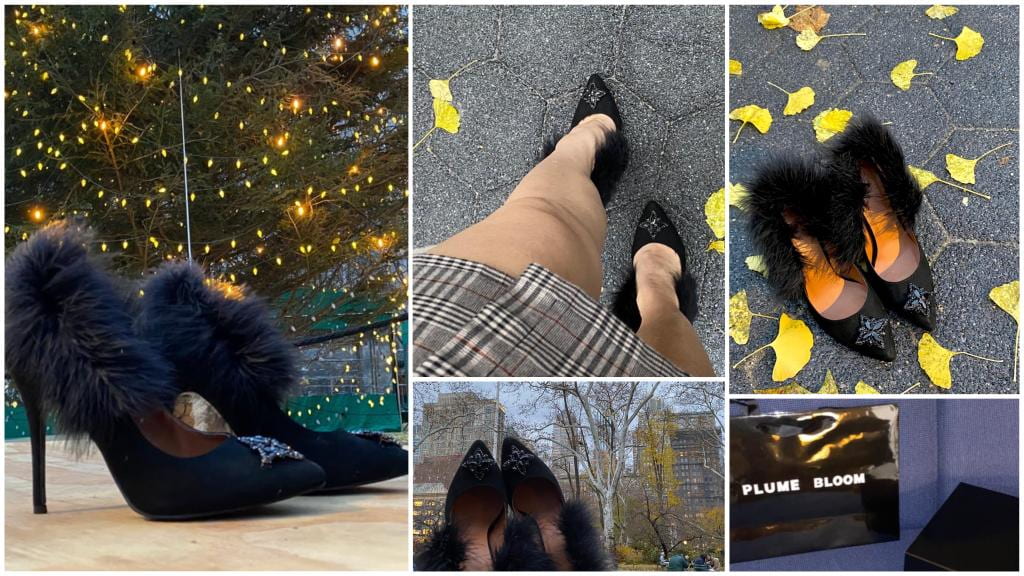By Rania Sakhi
A new beauty salon, NY Ladies Beauty Lounge, has recently opened its doors on campus.
In beauty and hairdressing, first impressions matter the most and I have to say that I am not a big fan of the salon’s logo nor its exterior facade design. In this last blog post, I will redesign their logo and walk you through the process.
People frequently believe that a good logo is one that conveys a lot about the brand or is simply attractive. I once had the same belief but after taking many design classes and watching Sagi Haviv’s interview with The Futur, I now have a better understanding of what makes a logo great and iconic. For more context, Sagi Haviv is a very well-known graphic designer and partner in the design firm Chermayeff & Geismar & Haviv and has designed some of the most iconic logos in the world such as Chase, Mobil, PBS, Showtime, and National Geographic, just to name a few. According to him, three fundamental design principles need to be present for a logo to be great:
1. It should be appropriate or relevant to the client and industry in feeling, form, and concept but doesn’t necessarily need to say a whole lot. In the case of NY’s beauty lounge and since the salon is located in Saadiyat Island at NYU Abu Dhabi, it should be elegant and close to NYU’s brand system. While the logo might seem elegant to some, their exterior shop design is just not it being too bold, crowded, and dynamic. Plus, it doesn’t really match NYUAD’s aesthetic.
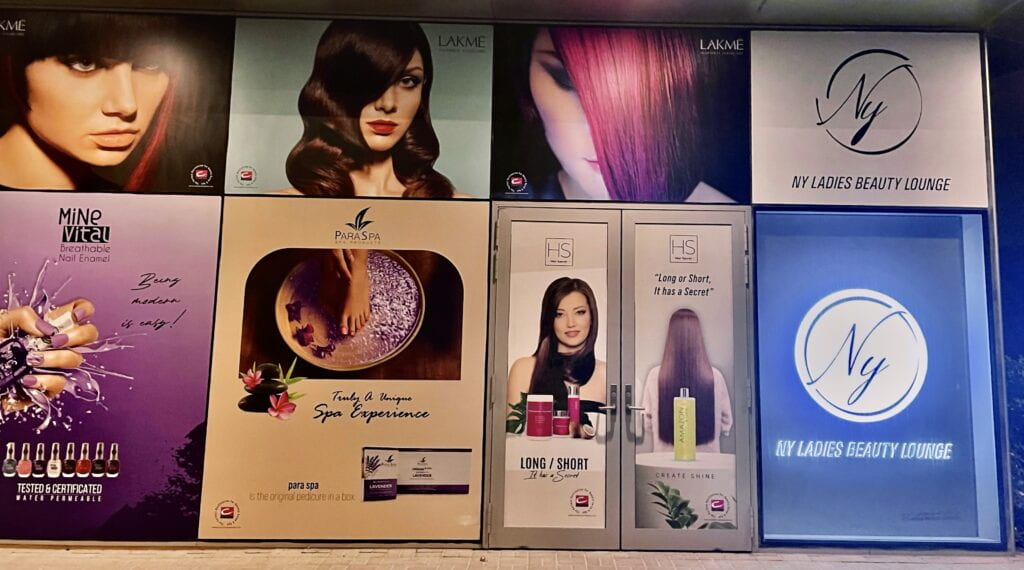
2. It needs to be simple or uncomplicated in form so it can work effectively and flexibly in a wide range of sizes and media.
3. It needs to be memorable or distinctive enough to be easily remembered. In my opinion, this is the main principle that the NY logo is missing. It looks like any other salon logo you can find online.
These three criteria are the questions I asked myself when I thought about redesigning NY’s logo since it is not only the centerpiece of all brand communication but also the reflection of the character, personality, and values of the salon.
As the first step in my re-design process, I started with research. I mainly looked at how other competitors in the same area are presenting and marketing themselves. NY’s main competitors are:
- Tara Rose Hair and Beauty Salon
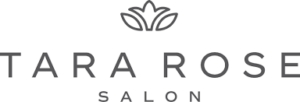
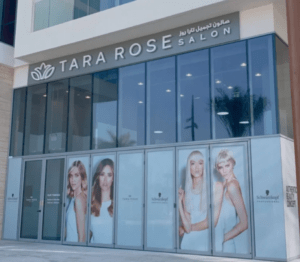
- Tips and Toes
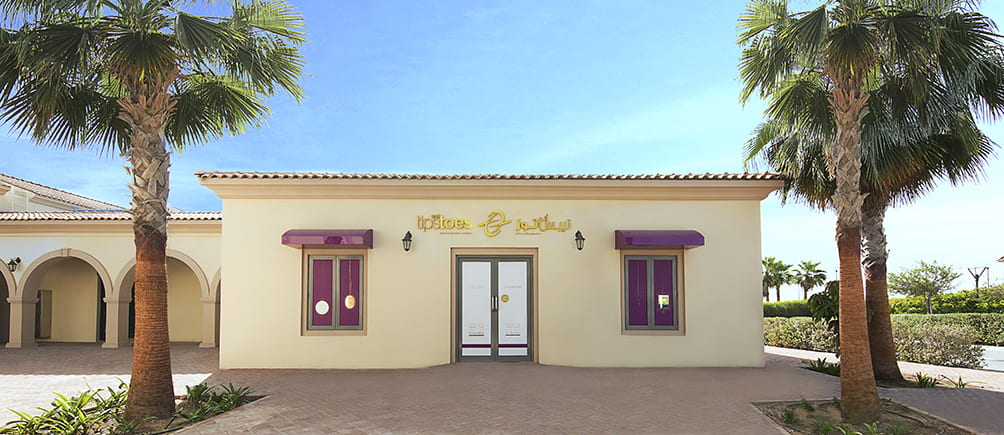
- De Joie Beauty Lounge
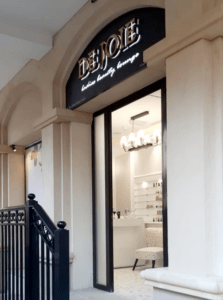
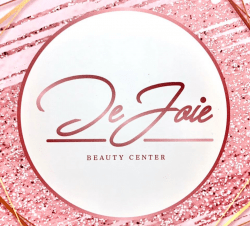
- Ivy Beauty & Bubbles

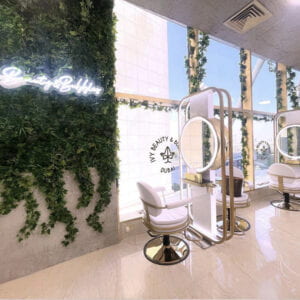
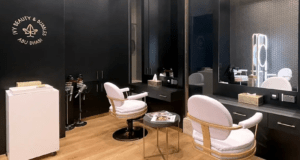
- Bellacure Beauty Lounge
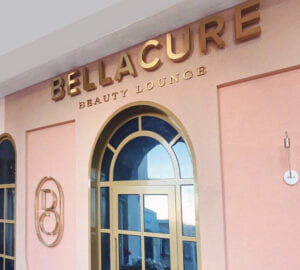
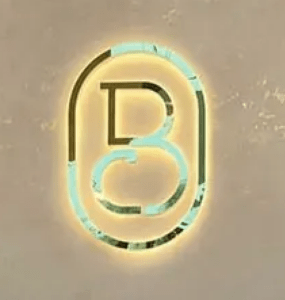
After the research, I tried to understand what can work and most importantly how I can differentiate NY Ladies Beauty Lounge from its competitors. I then started brainstorming ideas and created a clear mood board that is basically a collection of visuals that capture the salon’s essence and personality and customers, or perhaps how I would visualize it myself if I had to design their brand identity.
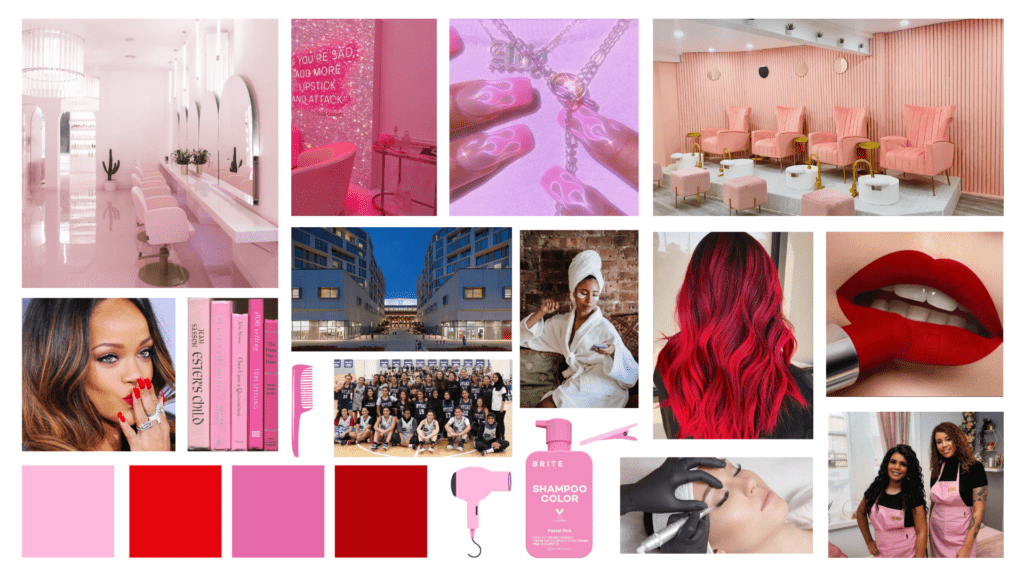
When it comes to sketching, I started drawing symbols and anything that came into my mind by hand.
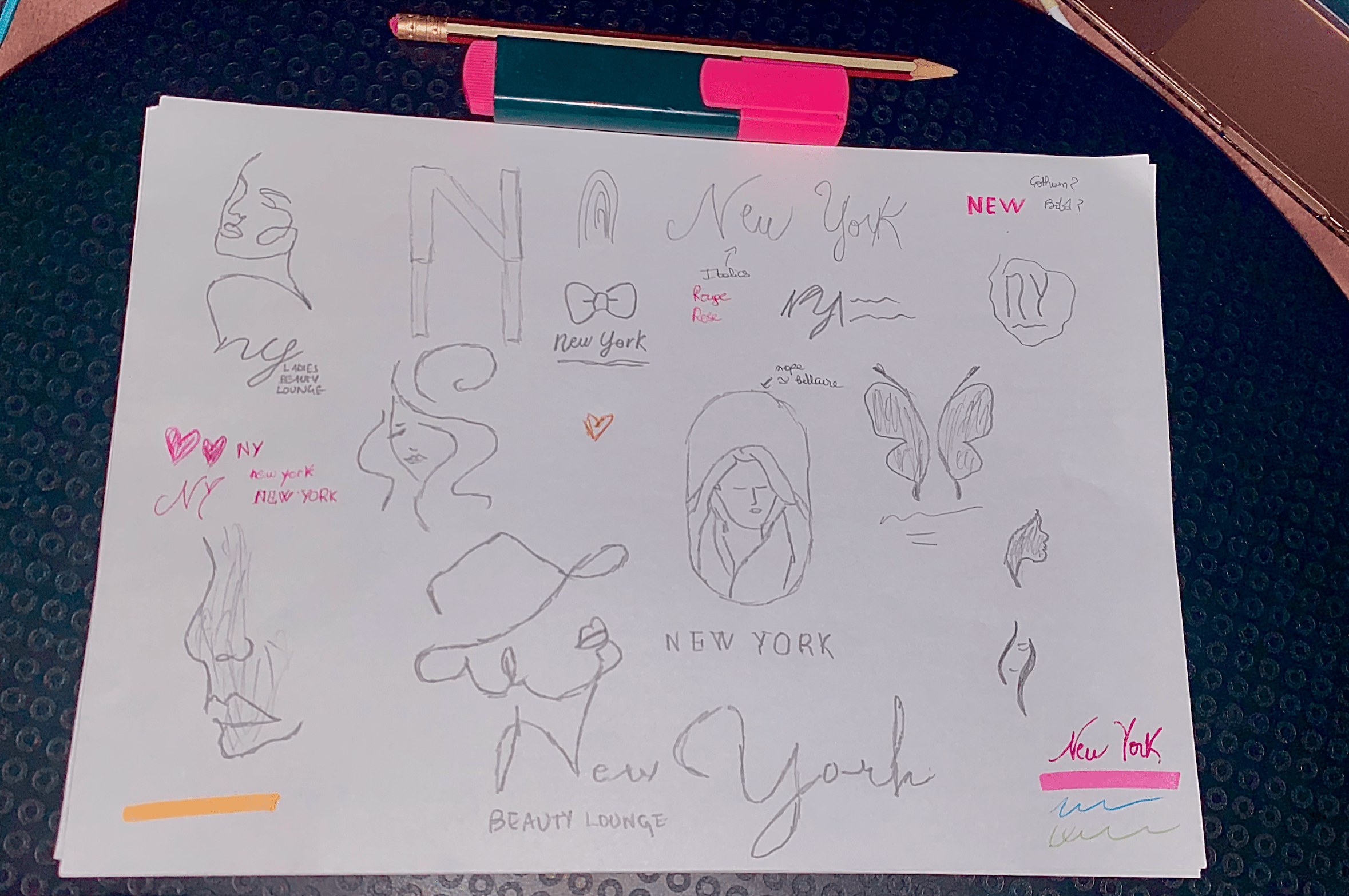
When the idea became clearer to me, I quickly switched to Illustrator and decided to simply go with a luxurious and distinctive typographic treatment of the salon’s name: NY or New York. I tested different colors, fonts, spacing, alignment, and so on and kept pink and red as my final color palette. For the font, I chose Pinyon Script that I found after 3 days of deep research. Finally, this is what I came up with.
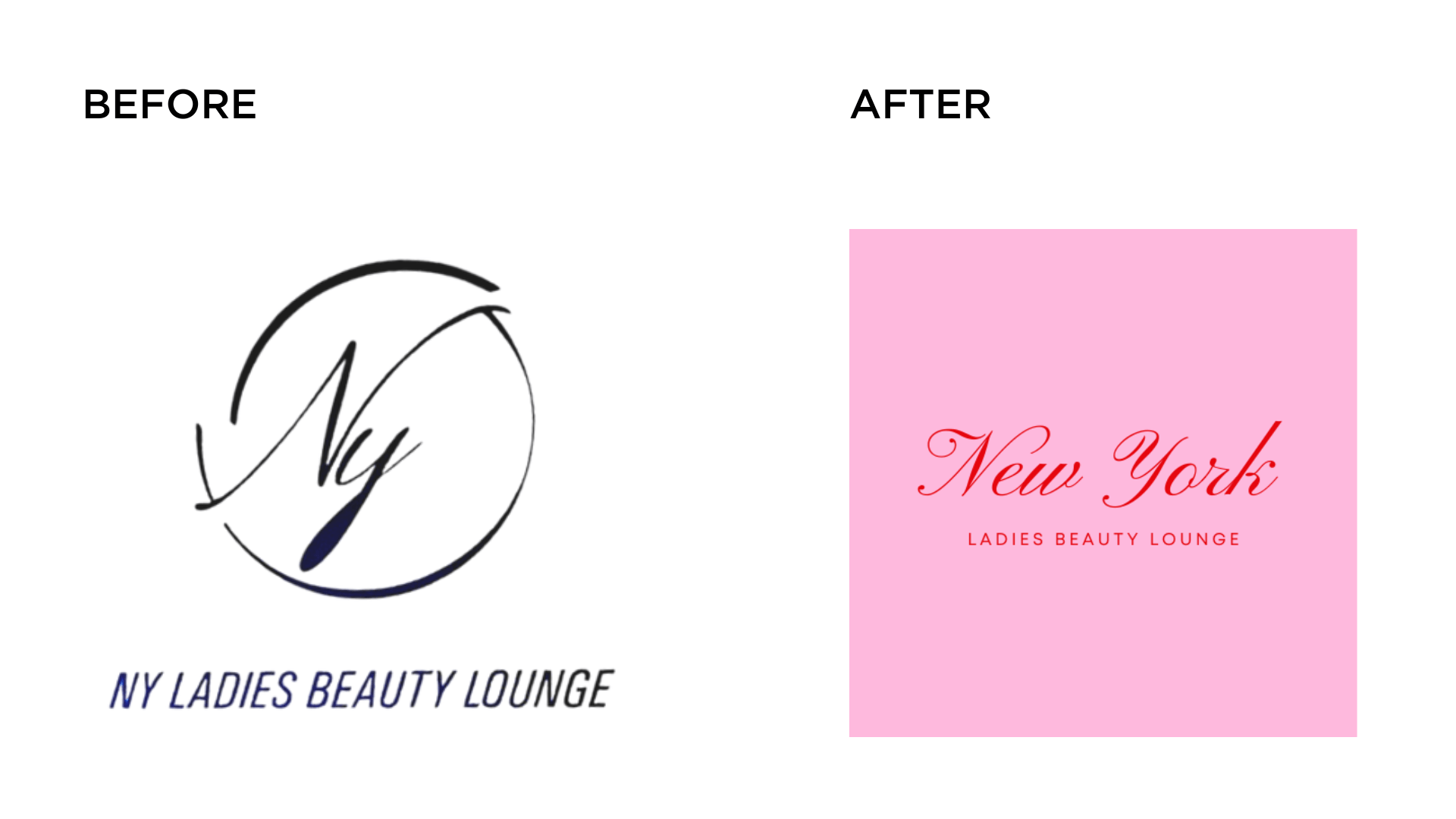 And here are the logo’s variations.
And here are the logo’s variations.

Once the design was done, I wanted to test the viability of the logo concept by creating mockups on Photoshop relevant to the beauty salon to see how it will work in real life. For this, I chose to work on a business card, a brochure, a shop facade, a hanging poster and wall sign, a home service car, a cosmetics packaging, a mug and T-shirts for staff.
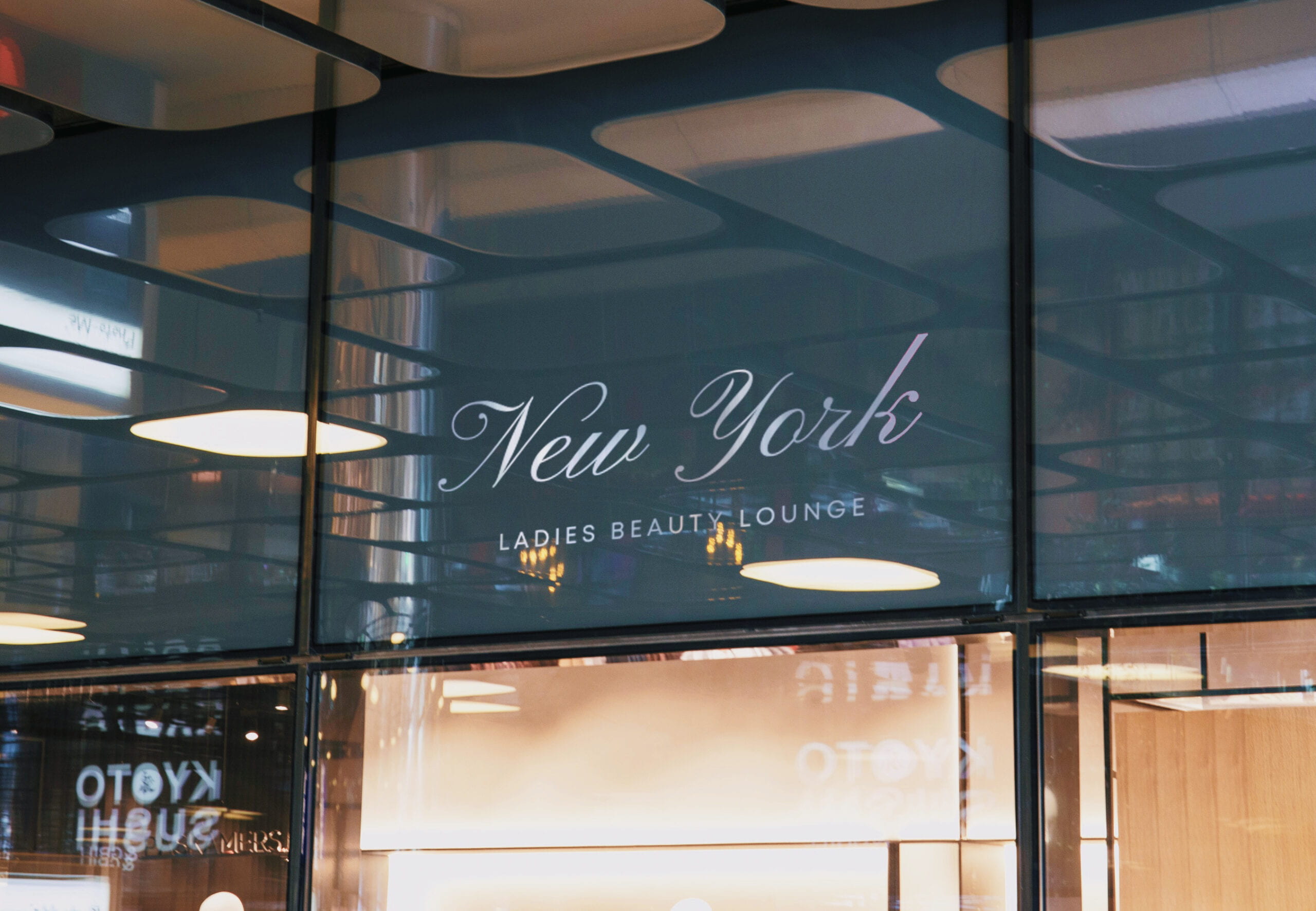

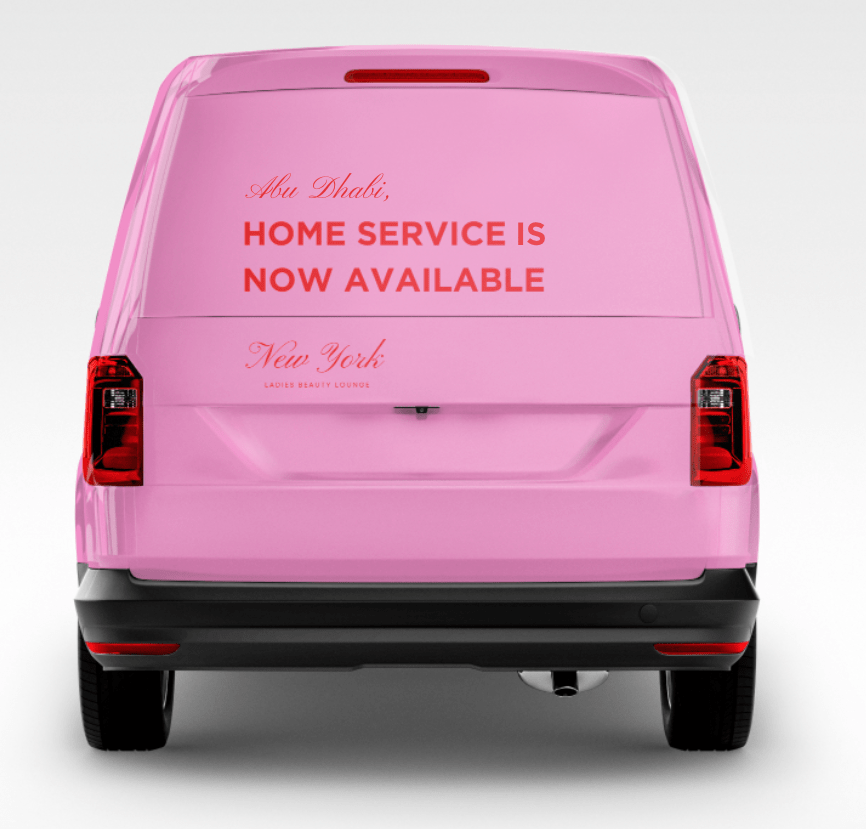

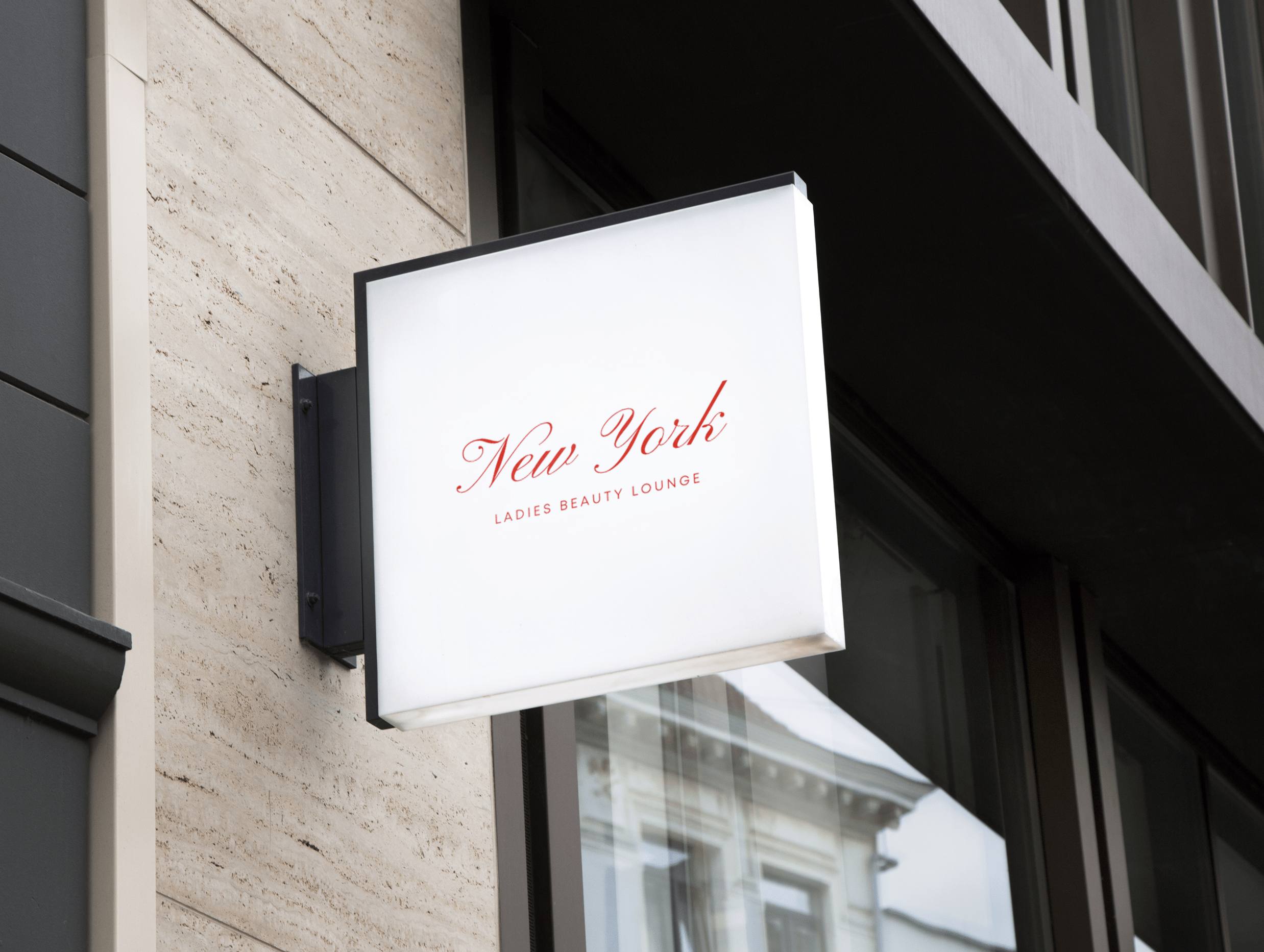

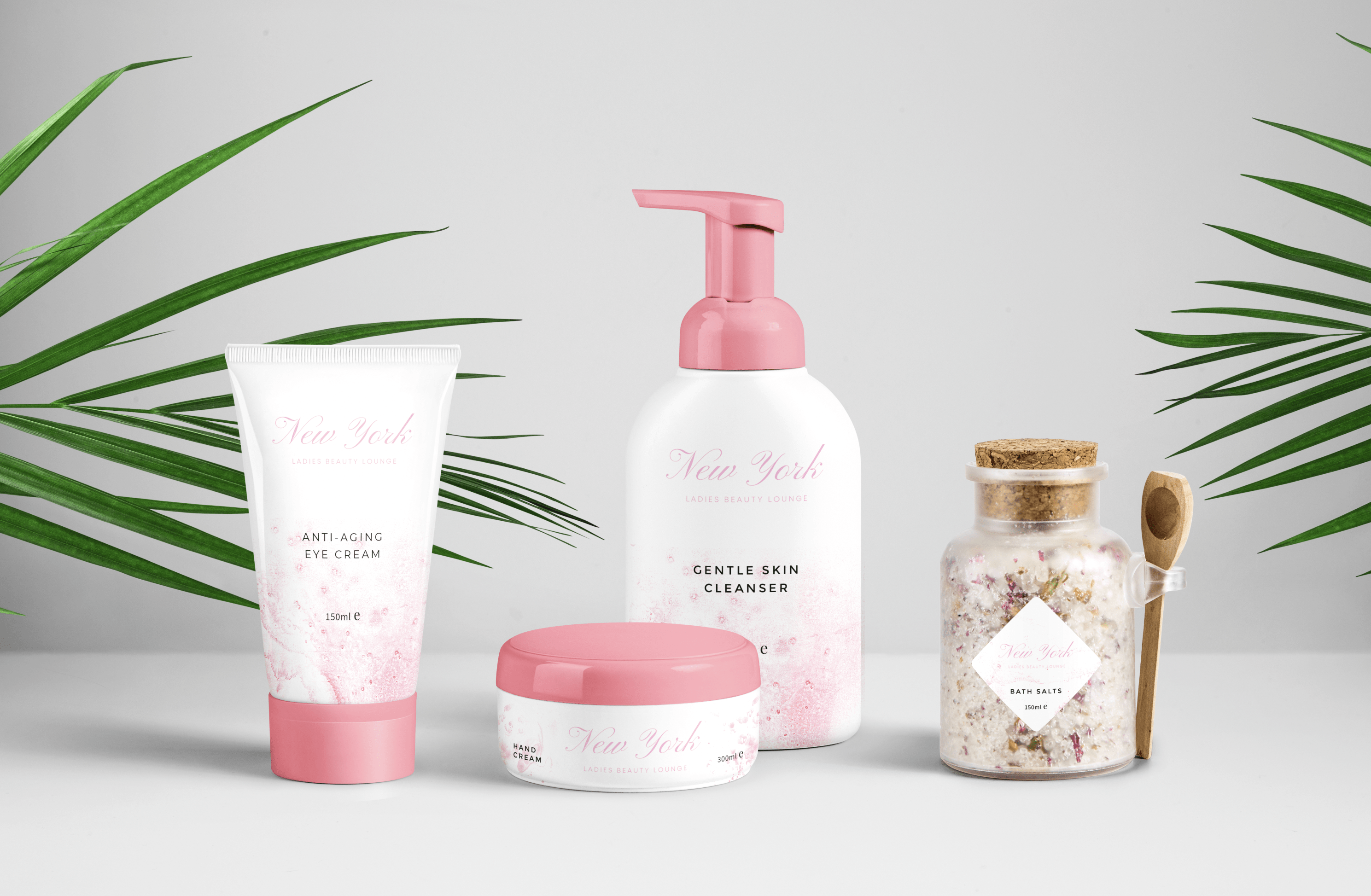
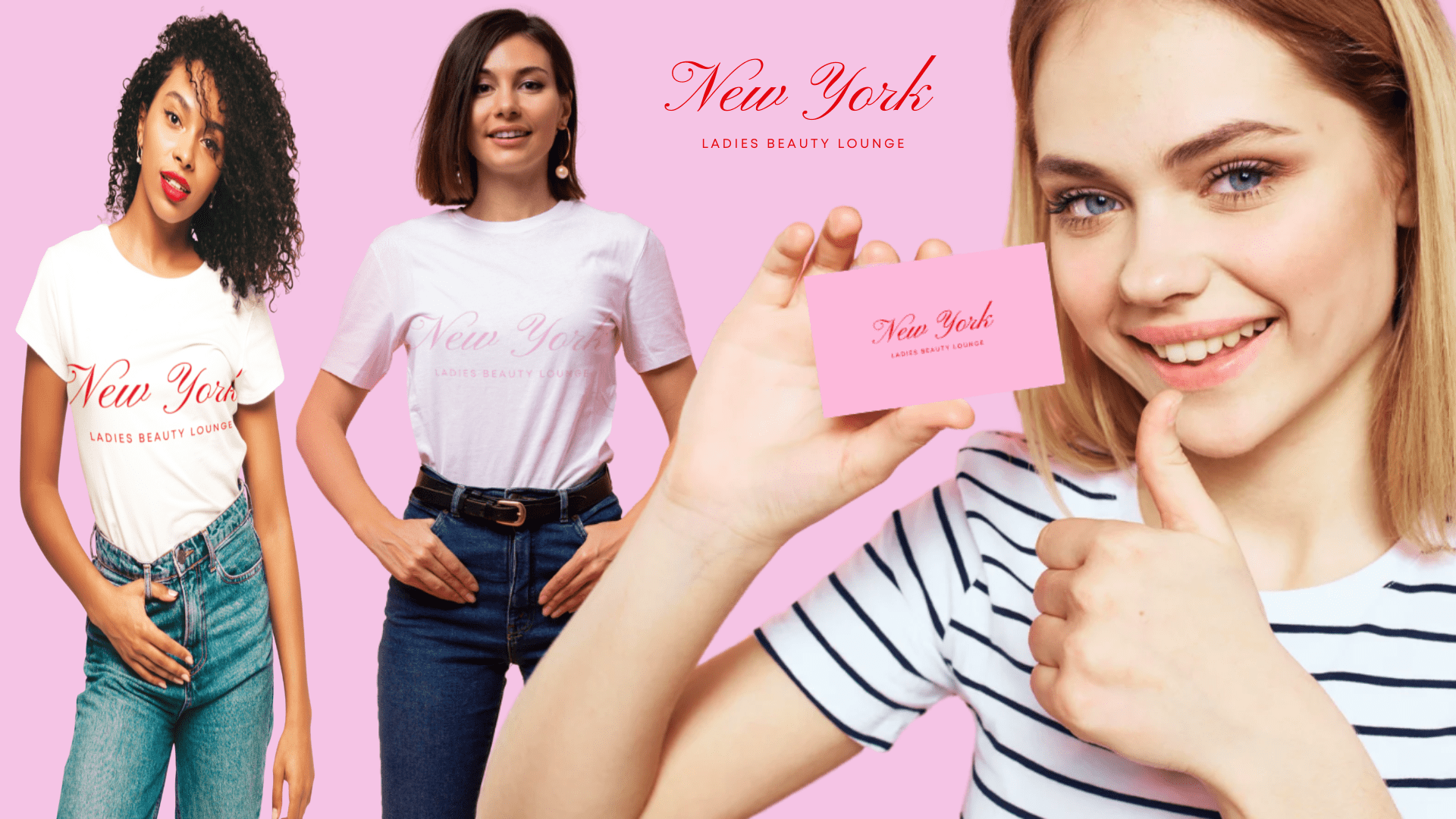

Overall, as much as I enjoyed working on this little redesign, I strongly believe that great logos do not happen by accident. They are the result of strategic thinking, exploring, failing and designing again. Furthermore, each aspect of a logo, whether it is font, shape or colors influence people’s perception of the brand. In this blog post, I specifically focused on NY’s ladies beauty lounge. However, there are so many other logos out there that I think need a redesign. When a logo is too generic or too complicated, it is usually bad. Thus, the main rule that applies to all industries is that a strong logo design must be able to adapt in order to ensure a business can keep its best face forward as all manner of change inevitably takes place not only in the world of design but in society too.
